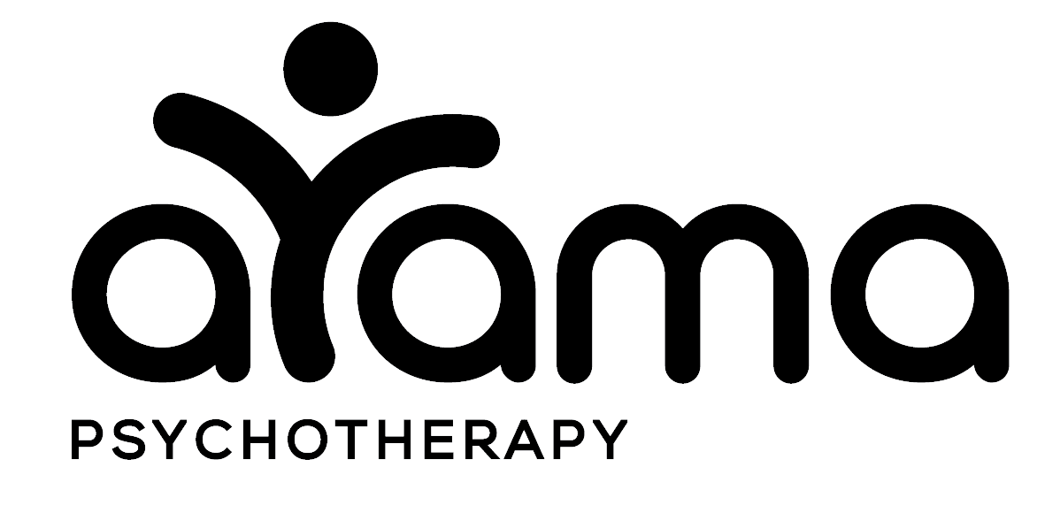More is not always better
Increasingly, I am meeting with more and more clients who have access to sleep technology.
When I first started learning about insomnia treatment, the recommendation was not to trust sleep technology data. I have since adjusted my view a bit because technology has evolved, but I still like to remind people that the majority of sleep technology is based upon movement; this is diffferent than actual sleep. True sleep is measured in brain waves. You can be very still and relaxed, but not asleep, and technology often doesn't register the difference; likewise, you can be moving but still be getting sleep. Additionally, I find that a lot of the data isn't necessarily bad, but it is often given without context.
This last point is one that makes a big difference.
In a culture where we tend to think "more is better," I find that sleep technology is often hinting that "more is better." This is definitely not the case in sleep. In fact, always defaulting to go for "more" by increasing your time in bed is actually one of the causes of insomnia.
What do I recommend?
I recommend knowing how much sleep your body has gotten in the last two weeks and then aiming to get that amount of sleep every night for 2 weeks straight, keeping a consistent bedtime and alarm time in the morning.
Then, you can adjust your amount of sleep after 2 weeks. If you are feeling well-rested and sleeping easily, you may not be in need of "more." If you sleep through to your alarm every day and don't feel like you have enough energy during the day, then you may benefit from more, but try increasing it in small increments, like 15-minute increments.
And of course, if you're saying, "I can't control my sleep and who knows how much I'll get from one night to the next!"...you may want to consider that you are experiencing signs of insomnia, and in which case, the use of CBT-I techniques can help.
Happy Sleeping,
Alissa S. Yamasaki, Ph.D.
